Japan, an island nation renowned for its technological advancements and rich cultural heritage, boasts an equally impressive maritime industry. Japan’s maritime sector, with a network of over 100 major ports, is vital to its economy. As a major global trading hub, the extensive network of sea ports in Japan plays a pivotal role in its economy, facilitating the seamless movement of goods and resources. From bustling metropolitan harbors to specialized regional ports, each facility is strategically designed to handle various cargo types and volumes, ensuring efficiency and reliability.
This article provides a comprehensive listing of sea ports in Japan, highlighting their significance and contribution to the country’s economy. Understanding these ports is essential for businesses and stakeholders involved in international trade, shipping, and logistics.
Major Sea Ports in Japan
Japan’s sea ports are critical to its economic infrastructure, facilitating significant trade and contributing to global logistics. This section explores key ports, detailing their capacities and recent performance metrics.
1. Port of Yokohama
Established in 1859, the Port of Yokohama is one of Japan’s busiest ports. In April 2024, it handled 8,063,897 freight tons and 261,513 TEUs. It is renowned for its efficiency and capability to accommodate large vessels, like the 14,000 TEU APL ESPLANADE. This port plays a vital role in importing fresh produce and other goods from Central and South America and continues to innovate with sustainable practices and expansion projects.
2. Port of Tokyo
Established in 1941, the Port of Tokyo is a central hub for Japan’s capital. It manages a substantial volume of cargo, ensuring seamless integration with the country’s transport network. The port recorded 271,004 TEUs in August 2024. Overall, while the Port of Tokyo is likely to experience fewer total TEUs in fiscal year 2024, particular months have shown resilience in container handling capacity. It plays a pivotal role in both domestic and international logistics.
3. Port of Osaka
Located in the Kansai region, the Port of Osaka was established in 1868 for industrial shipping and handling diverse cargo types. It supports the region’s economic activities and is a key gateway for trade. In 2023, the Port of Osaka handled approximately 1.98 million TEUs (twenty-foot equivalent units) of containers, a 7% decrease over the previous year. It supports regional economic activities and serves as a key gateway for trade in the western part of Japan.
4. Port of Kobe
Known for its advanced facilities and strategic location, the Port of Kobe efficiently manages significant cargo volumes, contributing to Japan’s trade operations. Since its establishment in 1868, it has been integral to the country’s maritime history. Specifically, in December 2023, the Port of Kobe reported a throughput of 181,197 TEUs, reflecting a decrease of 4.8% compared to previous periods.
5. Port of Nagoya
This port is pivotal for exporting various goods, including automobiles and industrial machinery. Its capacity and advanced infrastructure make it a cornerstone of Japan’s export activities, significantly boosting its economic growth. The Port of Nagoya handled 157.8 million tons of cargo in 2023, a 3.5% decrease from the previous year.
These sea ports in Japan collectively highlight Japan’s robust maritime infrastructure and its critical role in global trade. Each port’s capabilities and recent performance metrics underscore their importance to the nation’s economy.
Regional Sea Ports in Japan
Japan’s extensive coastline supports a network of regional sea ports that facilitate both domestic and international trade and cater to specific regional needs and industries.
1. Northern Ports
The northern region of Japan includes ports like the Port of Hakodate and the Port of Tomakomai in Hokkaido. These ports are critical for handling bulk cargo and serve as key points for maritime activities in the colder regions of Japan. They are also essential for fisheries, processing and exporting seafood.
2. Central Ports
Central ports such as the Port of Niigata and the Port of Toyama Shinko play significant roles in industrial and commercial activities. The Port of Niigata, established in 1869, is a major hub for importing crude oil and exporting chemical products and machinery. The Port of Toyama Shinko, established in 1968, supports the regional economy by handling bulk commodities and industrial materials.
3. Western Ports
The western ports, including the Port of Shimonoseki and the Port of Hiroshima, support Japan’s industrial and shipping activities. The Port of Shimonoseki, established in 1901, is a key gateway for trade with Korea and China. It handles a variety of cargo, including vehicles and machinery. The Port of Hiroshima, established in 1899, serves as a major industrial port, supporting local industries by handling raw materials and finished goods.
4. Southern Ports
Southern ports like the Port of Naha and the Port of Kagoshima are crucial for connecting Japan with Southeast Asia and other international destinations. The Port of Naha, established in 1901, is a pivotal gateway for Okinawa, handling commercial and passenger traffic. The Port of Kagoshima, established in 1884, supports regional industries and is known for handling agricultural products and manufactured goods.
Also Read: Understanding Global Shipping Merchant Fulfilled Network
Specialized Ports in Japan
Japan also has ports specialized for specific industries, enhancing its maritime infrastructure’s efficiency and specialization.
1. Industrial Ports
Industrial ports like the Port of Kawasaki and the Port of Chiba are essential for Japan’s manufacturing and chemical industries. The Port of Kawasaki, established in 1922, is a major industrial hub that handles chemicals, petroleum products, and steel. The Port of Chiba, established in 1953, supports the Keiyo Industrial Zone, handling bulk commodities and serving as a key site for the petrochemical industry.
2. Fishing Ports
Japan’s fishing ports, such as the Port of Kushiro and the Port of Hachinohe, are vital for the fishing industry. The Port of Kushiro, established in 1899, is one of Japan’s largest fishing ports, handling significant amounts of seafood. The Port of Hachinohe, established in 1924, is also a major center for fisheries, processing various seafood products for domestic and international markets.
3. Passenger Ports
Passenger ports like the Port of Yokohama and the Port of Kobe facilitate international and domestic travel. The Port of Yokohama, established in 1859, is one of Japan’s busiest passenger ports, welcoming numerous cruise ships and serving as a significant tourism gateway. The Port of Kobe, established in 1868, also plays a significant role in passenger travel, offering cruise services and ferry connections to various destinations.
These ports collectively enhance Japan’s maritime capabilities, supporting its economy and maintaining its position as a key player in global trade and logistics.
Port Infrastructure and Facilities in Japan
Japan’s ports have state-of-the-art infrastructure and facilities to efficiently handle diverse cargo and passenger services. Here’s an overview of the key components:
Container Terminals
Japan’s container terminals are designed to handle high volumes of containerized cargo with advanced technology and efficient management systems. Key container terminals include:
- Port of Tokyo: Featuring numerous container berths and automated systems to streamline operations.
- Port of Yokohama: Known for its Honmoku Pier, which can handle some of the world’s largest container ships.
- Port of Nagoya: Equipped with modern and automated stacking cranes to enhance loading and unloading efficiency.
These terminals are essential for facilitating Japan’s international trade. They offer robust services that include real-time tracking and efficient cargo handling.
Bulk Cargo Handling Facilities
Japan’s ports are well-equipped to handle bulk cargo, including raw materials like coal, iron ore, and grains. Key facilities include:
- Port of Chiba: Major bulk cargo hub serving the Keiyo Industrial Zone, handling petroleum, chemicals, and steel.
- Port of Kawasaki: Facilitates the import and export of bulk commodities, supporting nearby industrial complexes.
- Port of Kitakyushu: Known for handling large volumes of coal and iron ore, essential for Japan’s steel industry.
These facilities are designed with specialized equipment such as conveyor belts, cranes, and storage silos to ensure efficient handling of bulk materials.
Passenger Terminals
Passenger terminals in Japan’s ports cater to international cruise liners and domestic ferry services, providing essential travel services. Key terminals include:
- Port of Yokohama: The Osanbashi Yokohama International Passenger Terminal offers world-class amenities and seamless customs processing.
- Port of Kobe: Provides excellent facilities for cruise passengers, including shopping and dining options.
- Port of Hakata: Serves as a major gateway for ferries traveling to and from South Korea.
These terminals are designed to provide comfort and convenience, with modern amenities and efficient passenger processing systems.
Logistics and Warehousing
Japan’s ports offer comprehensive logistics and warehousing facilities to support the seamless flow of goods. Key features include:
- Automated Warehouses: Advanced systems for inventory management and order fulfillment.
- Cold Storage Facilities: Essential for perishable goods, ensuring products remain fresh during transit.
- Integrated Logistics Centers: Combining warehousing, distribution, and transportation services to enhance supply chain efficiency.
These facilities are crucial in supporting Japan’s economy by ensuring goods are stored safely and transported efficiently.
Streamlining warehouse and logistics operations requires expertise in handling cross border logistics. Consider partnering with Intoglo to manage goods efficiently and reduce transit times and costs. With more than 50 warehouses in the USA, avail of transloading, repacking & relabeling.
Explore how Intoglo can optimize your logistics operation from India to the USA today!
Port Regulations and Governance
1. Regulatory Authorities
Port operations in Japan are overseen by various regulatory authorities to ensure efficient, safe, and environmentally sustainable practices. Key authorities include:
- Ministry of Land, Infrastructure, Transport and Tourism (MLIT): This ministry sets the overall framework for port administration, including policies, regulations, and development strategies.
- Japan Coast Guard: Responsible for maritime safety, security, and environmental protection within Japan’s territorial waters.
- Port Management Bodies: Each major port, such as the Port of Tokyo and the Port of Yokohama, has its own management body that oversees daily operations, ensures compliance with national regulations, and coordinates with stakeholders.
These authorities work together to ensure Japan’s ports operate smoothly and adhere to international standards.
2. Operational Standards
Operational standards at Japanese ports are designed to ensure safety, efficiency, and compliance with international best practices. These standards cover various aspects, such as:
- Safety Protocols: Conduct rigorous safety measures to protect workers, cargo, and vessels.
- Security Measures: Adherence to the International Ship and Port Facility Security (ISPS) Code to prevent security threats.
- Efficiency Enhancements: Use of advanced technologies like automated systems and real-time tracking to streamline port operations.
Japanese ports can handle large cargo volumes efficiently and safely by maintaining high operational standards.
3. Environmental Regulations
Environmental sustainability is crucial for Japanese ports, with strict regulations to minimize environmental impact. Key initiatives include:
- Emission Controls: Implement measures to reduce air pollution from ships and port operations.
- Waste Management: Strict protocols for disposing and treating waste generated by port activities.
- Sustainable Practices: Encouraging alternative fuels, such as LNG and hydrogen, to reduce carbon footprints.
These regulations are crucial for protecting the marine environment and ensuring that port activities are sustainable in the long term.
Also Read: Finding Buyers for Your Export Business
Economic Impact of Sea Ports
Sea ports in Japan are crucial drivers of the national economy. They significantly contribute to GDP, creating substantial employment opportunities and facilitating trade and commerce.
- Contribution to GDP: Japan’s sea ports are vital to the national economy, significantly contributing to the Gross Domestic Product (GDP). They facilitate international trade, which is a major driver of economic growth. The efficient handling of exports and imports through these ports supports various industries, including manufacturing, automotive, and electronics.
- Employment Generation: Ports in Japan are significant sources of employment, providing jobs for a wide range of skilled and unskilled workers. This includes roles in port operations, logistics, warehousing, and transportation. Additionally, the presence of ports stimulates job creation in related sectors such as shipping, manufacturing, and retail.
- Trade and Commerce: Japanese ports are essential hubs for trade and commerce, handling a significant portion of the country’s exports and imports. They enable Japan to maintain its status as a global trading powerhouse by efficiently managing the flow of goods to and from international markets. This facilitates economic diversification and helps Japanese businesses compete globally.
Future Developments and Trends for Sea Ports in Japan
Japan’s sea ports are continuously evolving to meet the demands of global trade, environmental sustainability, and technological advancements. This section explores vital future developments and trends shaping the future of Japan’s maritime industry.
Technological Innovations
Japan’s sea ports are at the forefront of technological advancements to enhance efficiency and sustainability. Digitalization and Automation are key trends, with ports integrating advanced sensors, data analytics, and artificial intelligence (AI) for real-time monitoring and predictive maintenance.
These technologies help reduce operational costs and improve safety standards by enabling innovative operations and reducing downtime. Additionally, Subsea Robotics and Drones are increasingly being used to inspect, maintain, and repair underwater infrastructure, further enhancing operational efficiency and safety.
Expansion Projects
Japan continues to invest in expanding its port infrastructure to accommodate growing trade volumes and larger vessels. Expansion projects include developing deeper berths and installing state-of-the-art handling equipment. These projects aim to enhance the ports’ capacities and capabilities, ensuring they remain competitive in the global market.
Notable initiatives include the expansion of the Port of Tokyo and the modernization of the Port of Yokohama, which are designed to support larger container ships and increase cargo throughput.
Sustainability Initiatives
Sustainability is a primary focus of Japan’s maritime sector. Ports are adopting various environmental regulations and initiatives to reduce their carbon footprint. These include integrating renewable energy sources like offshore wind power and promoting carbon-neutral port concepts. Efforts are also being made to reduce emissions by electrifying port equipment and using alternative fuels such as LNG and hydrogen. These initiatives are crucial for minimizing the environmental impact of port operations and aligning with global sustainability goals.
Intoglo is a new-age digital freight forwarder, specializing in door-to-door shipments of full container loads. Utilizing AI and cutting-edge technology, we offer seamless cross-border shipping services. By integrating real-time tracking, automated dispatch systems, and electronic data interchange (EDI), Intoglo ensures efficient and transparent shipping processes. With its stringent operational procedures, the company provides a reliable and smooth shipping experience, making global logistics simpler and more efficient.
Conclusion
Japan’s sea ports are integral to its economy, facilitating international trade and supporting various industries. With a rich history and robust infrastructure, ports like Yokohama, Tokyo, Osaka, Kobe, and Nagoya continue to play pivotal roles in global logistics. Looking ahead, the future of sea ports in Japan is bright, with significant investments in technological innovations, expansion projects, and sustainability initiatives. These efforts will ensure that Japan remains a leader in maritime trade, capable of handling increasing cargo volumes while minimizing environmental impact.
As you navigate the complexities of international shipping and logistics, consider partnering with Intoglo for your warehousing and door to door FCL logistics needs from India to the USA. Intoglo’s cutting-edge technological solutions, including real-time tracking and automated logistics, ensure efficient and reliable service. Considering environmental health, we are committed to sustainable practices, providing an eco-friendlier transportation option.


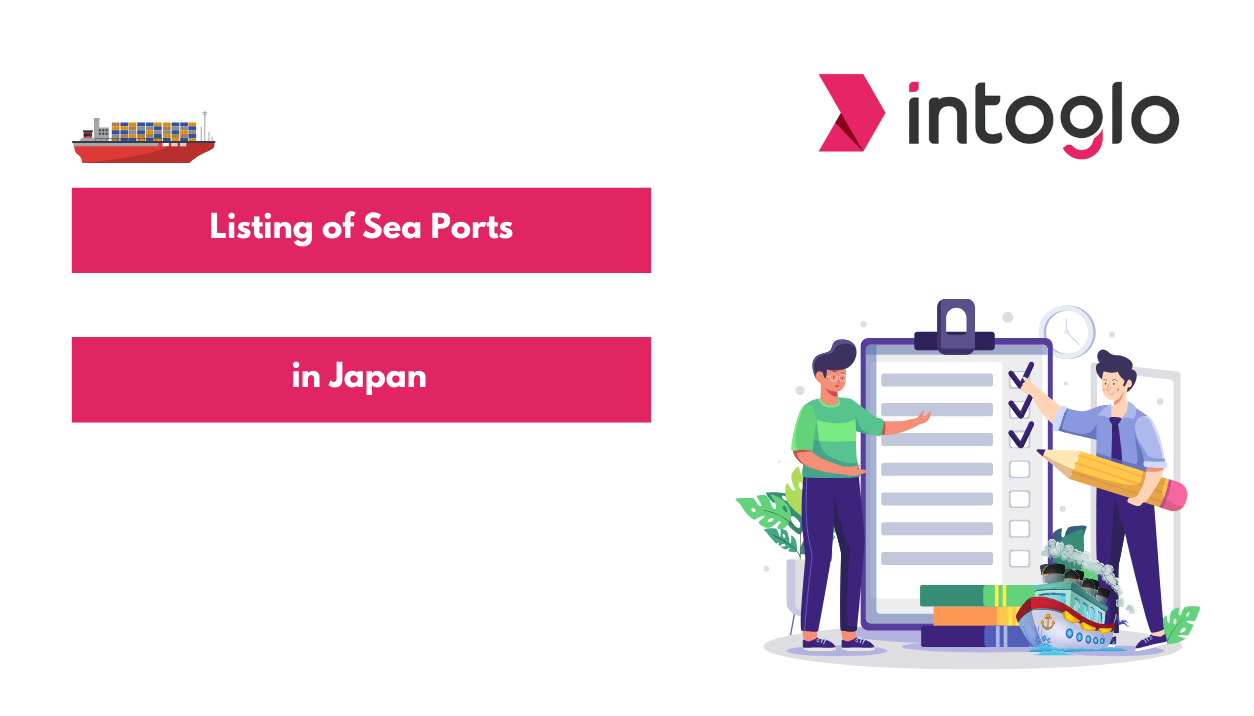

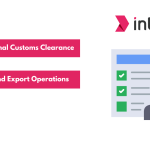
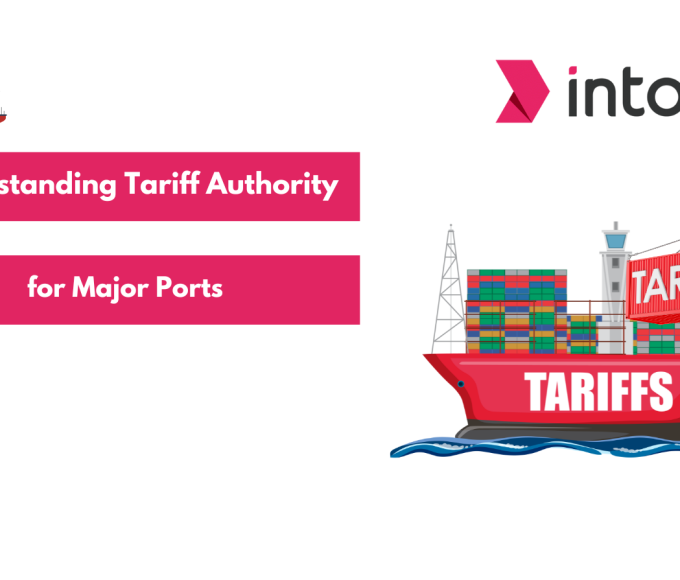
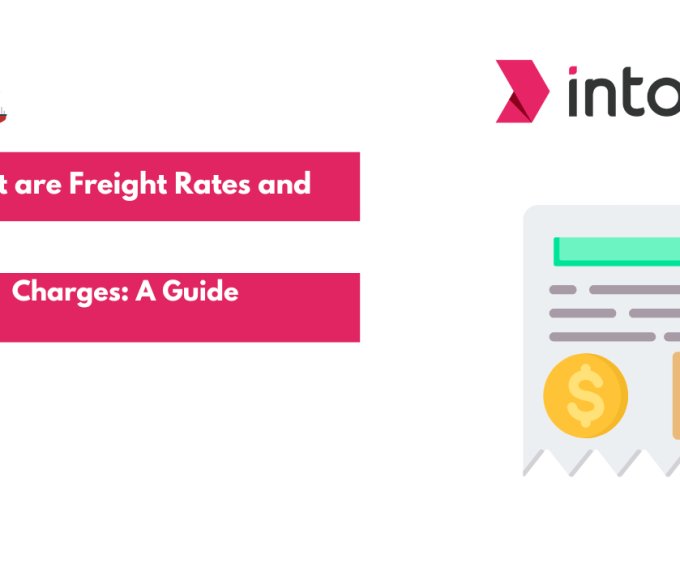
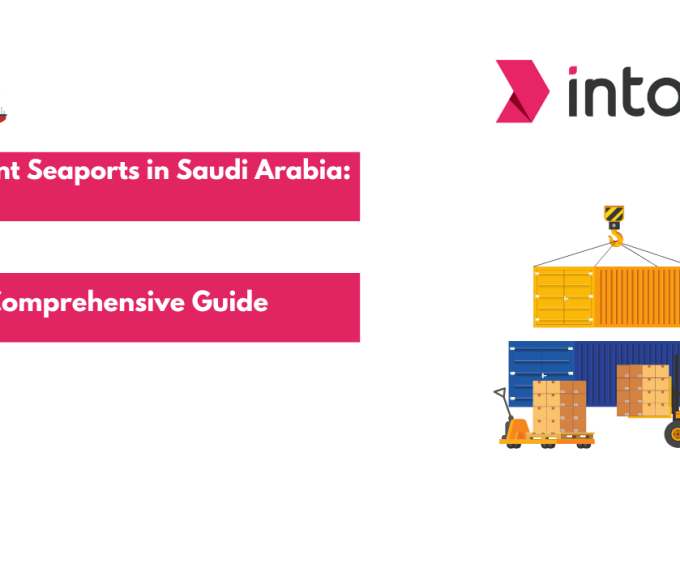
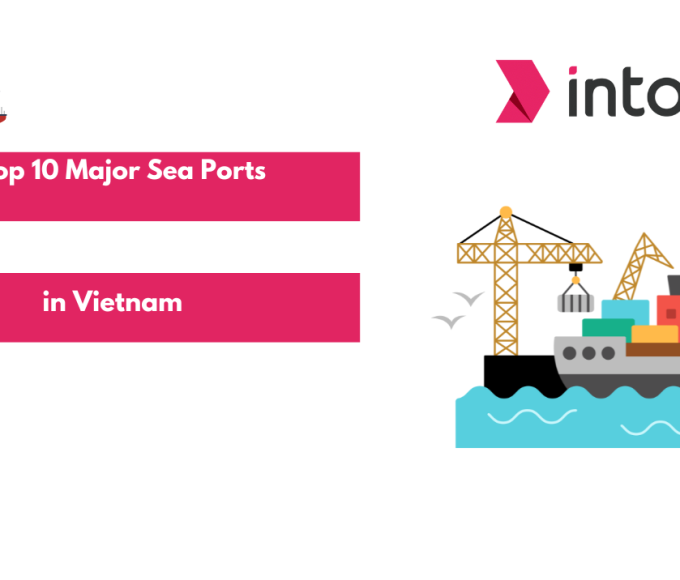
Leave a comment